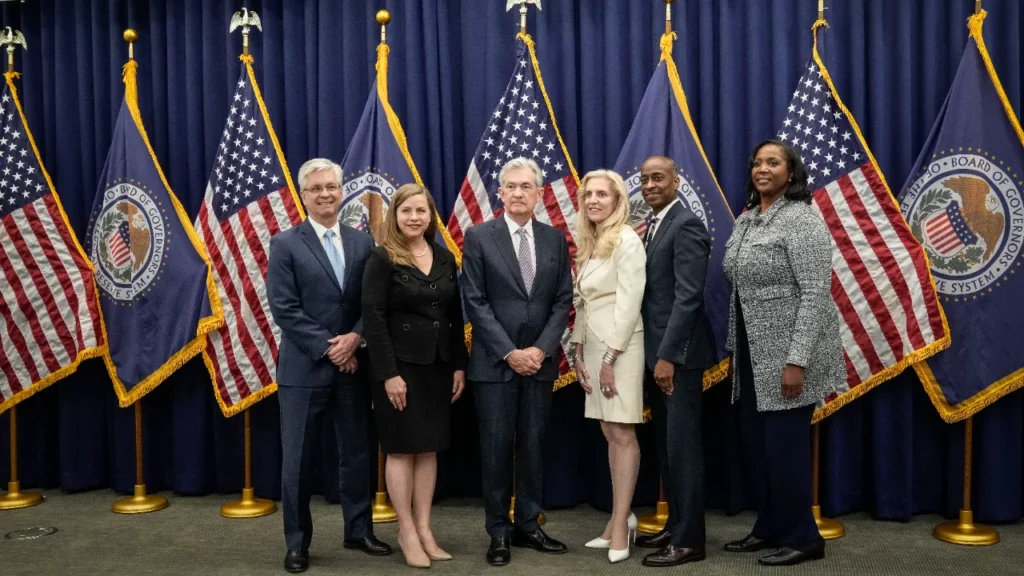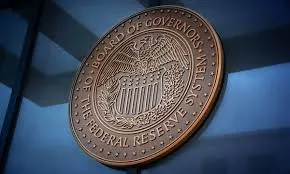The Federal Reserve has introduced new policies to combat inflation and stabilize the U.S. economy. Learn about these changes and their potential impacts on economic growth.
The Federal Reserve Policy Shifts: What They Mean for the Economy
The Federal Reserve, America’s central banking system, has long been a key player in shaping the country’s economic landscape. Recently, it has made several policy adjustments that are expected to have a significant impact on inflation, interest rates, and overall economic growth. In this article, we’ll break down the latest changes and what they could mean for consumers, businesses, and the broader U.S. economy.
Understanding the Role of the Federal Reserve
Before diving into the recent policy shifts, it’s important to understand the Federal Reserve’s role in the U.S. economy. The Fed, as it’s commonly known, is responsible for regulating the money supply, controlling inflation, and ensuring the stability of the financial system. One of its most influential tools is setting interest rates, which directly affect how expensive or cheap it is to borrow money.
The Fed has two primary mandates: maintaining stable prices (i.e., controlling inflation) and promoting maximum employment. Balancing these goals can be challenging, especially in a volatile economic environment, which is why the Federal Reserve’s actions are closely watched by policymakers, economists, and investors alike.

Recent Federal Reserve Policy Shifts
In recent months, the Federal Reserve has taken a more aggressive stance on tackling inflation, which has been running high across the U.S. economy. To combat rising prices, the Fed has significantly raised its key interest rates. This move aims to make borrowing more expensive, slowing down consumer spending and business investments in an effort to cool off inflation.
The Fed’s decision to raise interest rates marks a departure from the historically low rates that were implemented during the COVID-19 pandemic to stimulate economic growth. Now that the economy is recovering and inflation is spiraling out of control, the Federal Reserve is shifting its focus toward stabilization.
How Do Interest Rate Increases Impact the Economy?
Interest rates have a wide-reaching impact on the economy. When the Federal Reserve raises rates, borrowing becomes more expensive for businesses and individuals alike. For consumers, this means higher rates on loans, mortgages, and credit cards. For businesses, the cost of borrowing for expansion or investment also increases.
This, in turn, slows down economic activity by reducing demand for goods and services. While higher rates help reduce inflation, they also pose a risk of triggering a slowdown or even a recession if the tightening is too severe.
However, the Fed’s goal is not to stifle growth entirely but to strike a balance where inflation is controlled without derailing economic recovery. As such, the Fed closely monitors economic indicators like unemployment rates, wage growth, and consumer spending to determine how far to go with rate hikes.
The Fed’s Inflation Battle: Why It Matters
Inflation has been one of the biggest concerns for the Federal Reserve in recent years. High inflation erodes purchasing power, meaning that consumers’ money buys less than it did before. This can lead to a decrease in living standards, especially for low- and middle-income families. By raising interest rates, the Fed hopes to curb inflation by cooling down excessive demand in the economy.
But inflation control is a delicate balancing act. If the Fed tightens monetary policy too aggressively, it could lead to job losses and an economic slowdown. On the other hand, if the Fed doesn’t act decisively enough, inflation may spiral out of control, making it harder for families to afford basic goods and services.

The Future Outlook: Will the Fed’s Actions Be Enough?
While the Federal Reserve’s recent actions are designed to tackle inflation, it remains uncertain how effective these measures will be in the long term. Some economists predict that we may see a prolonged period of higher interest rates, especially if inflation remains sticky. Others believe that the economy may enter a recession, as higher borrowing costs could result in a slowdown in business activity.
Ultimately, the future of the U.S. economy depends largely on how well the Fed can manage these challenges. As we move through 2025, all eyes will be on the Federal Reserve and its ability to navigate these complex economic conditions.
Conclusion: The Federal Reserve’s Crucial Role in Economic Stability
The Federal Reserve’s policy changes are crucial for maintaining economic stability in the United States. While its efforts to combat inflation and stabilize the economy are necessary, they also come with risks. Higher interest rates could lead to a slowdown, but they also offer the potential to reduce inflation and restore economic balance. As these changes unfold, it will be important for individuals and businesses to stay informed about how the Fed’s decisions may impact their financial futures.
Understanding the Federal Reserve’s role in shaping the economy helps us better grasp the complex forces at work in our financial lives. With ongoing adjustments to monetary policy, the path ahead remains uncertain, but the Fed’s decisions will undoubtedly play a key role in determining the U.S. economy’s trajectory in the years to come.





